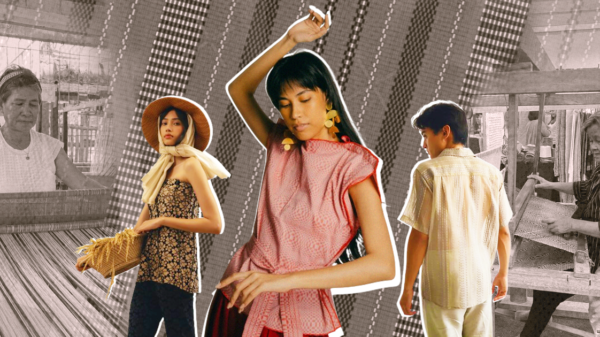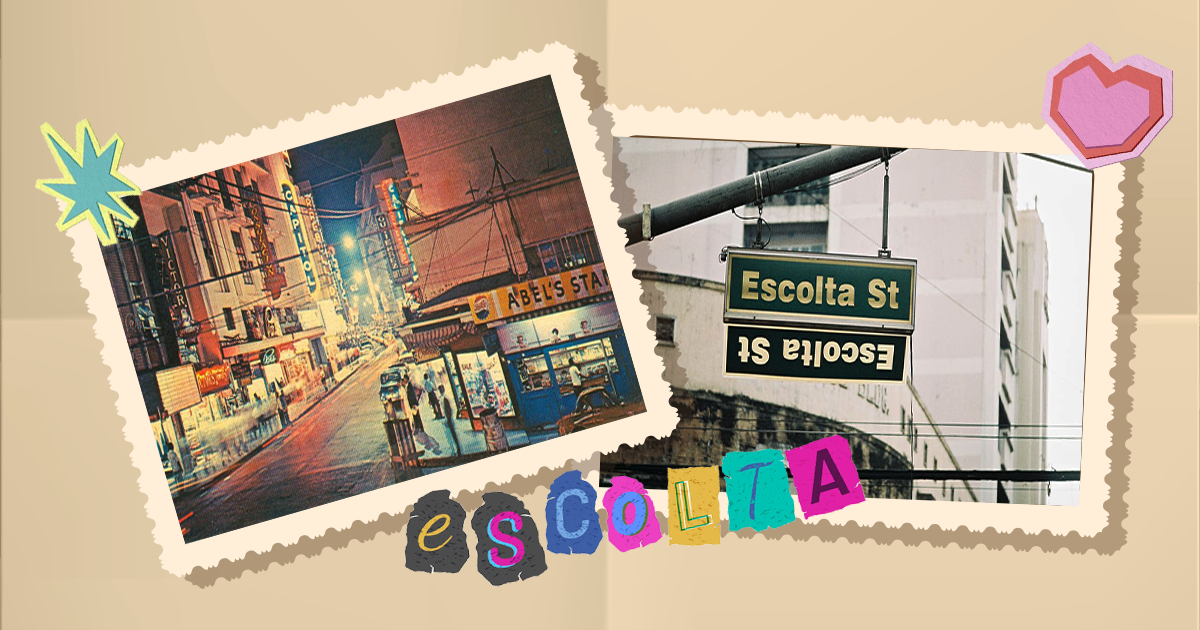Dubbed as one of the forgotten corners of Manila, Escolta can still make you think what was it like to live in sepia print. One of Manila’s famous streets, Escolta could also be the oldest. For the most part, it has lost its gilded edge and glory as Manila’s downtown area. It certainly has a rich history dating back to the early Spanish colonial days.
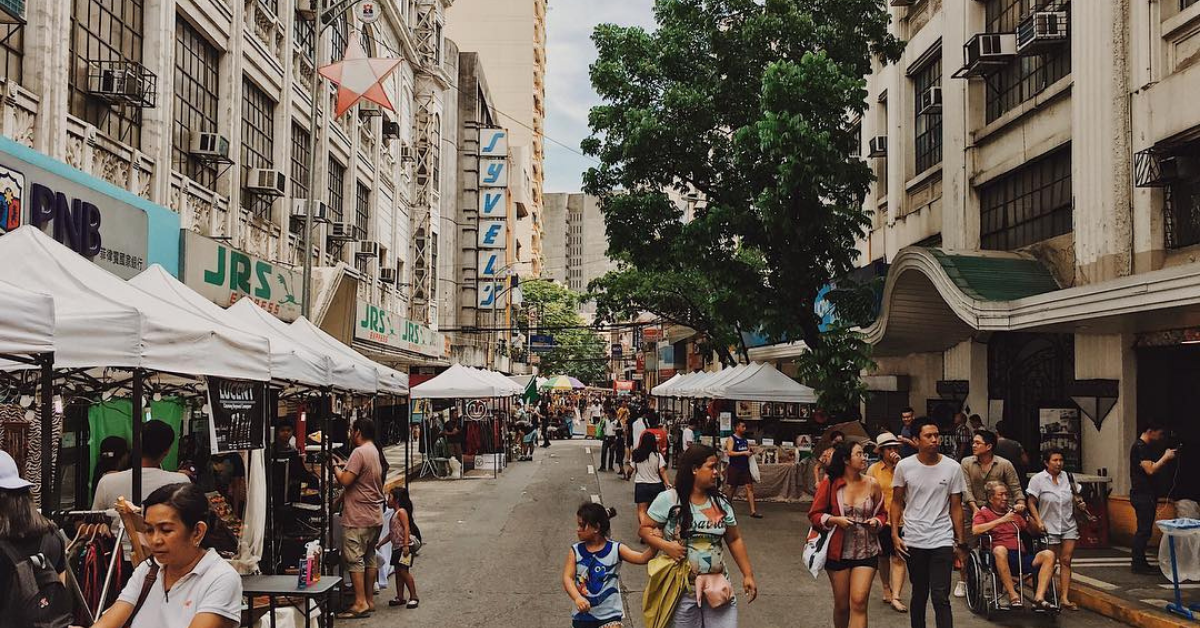
When a sunset or particular memory cast a glow on the street’s remaining art deco buildings, you can understand how this street could have felt like the center of everything half a century ago.
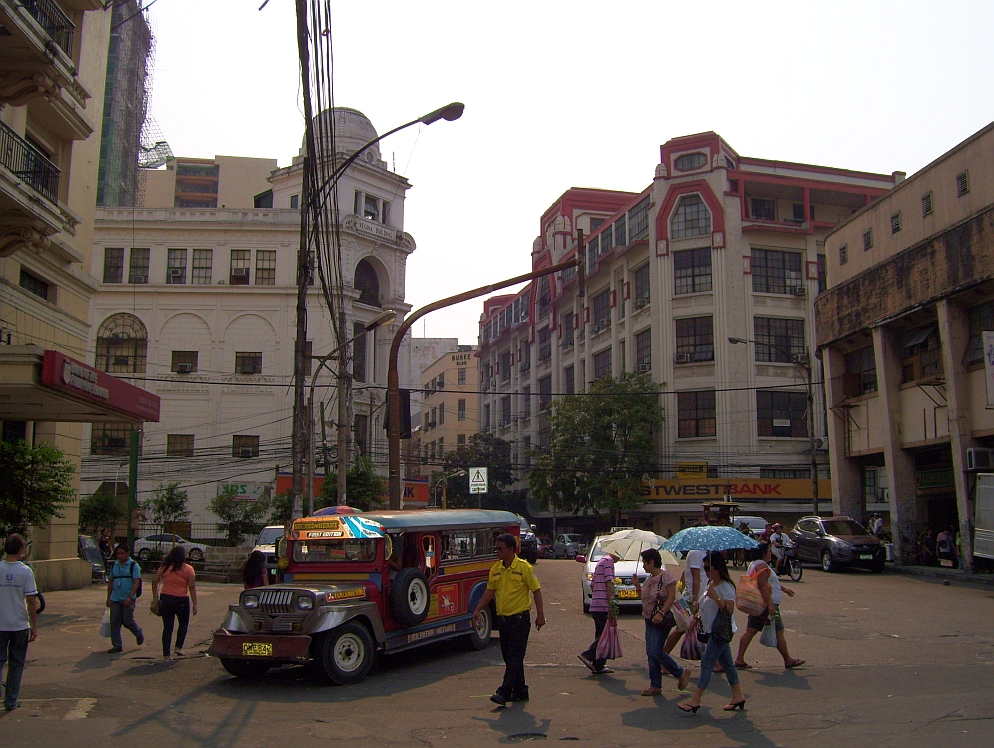
Also dubbed as the ‘Queen of Manila Streets’, Escolta was home to banks, big business, government offices, and the most elegant boutiques this side of the South China Sea.
TRIP DOWN HISTORY LANE
Escolta became a place for Chinese merchants to make a living through the galleon trade. Due to the irreparable change caused by the damaged from the World War II, some buildings were demolished to pave way for the post-war reconstruction of the area.
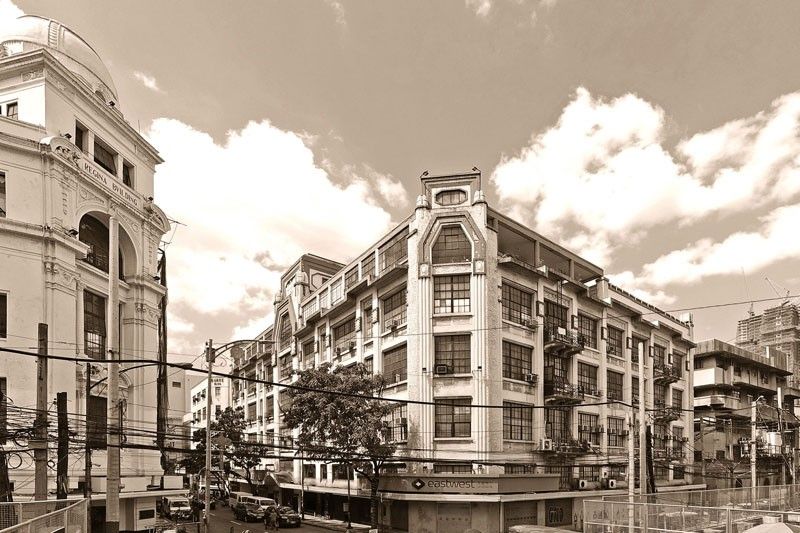
By the 1960’s, big businesses, companies and financial institutions residing in Escolta Street gradually shifted their offices to the newly developed land of Makati City business district, leaving some of the office buildings abandoned. It was the start of decline of commerce, major economic activities and the buildings of the street. Some buildings were abandoned, partially demolished and slowly deteriorating due to extensive neglect while the lucky ones who were spared from war, neglect and demolitions were preoccupied by different companies, restaurants, museums and stores to this day.
Ever think about history and wonder what a sight to see you if you personally set foot on the streets of Escolta?
Here are some sights to visit and explore if you happen to pass by the area:
DON ROMAN SANTOS BUILDING
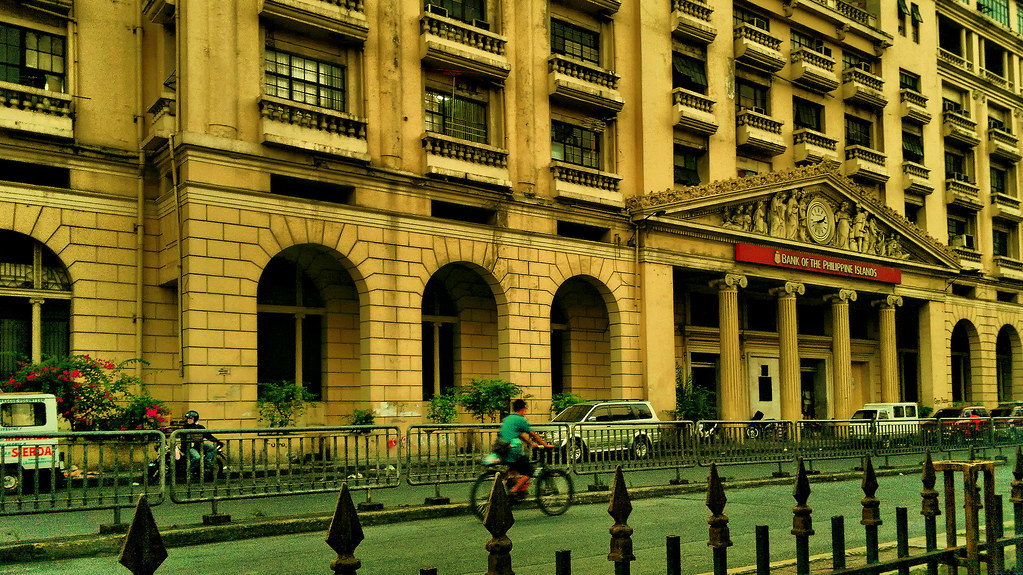
Designed by Juan Hervas, it is now the location for the Sta. Cruz branch of a local bank. It was first built in 1894 in Neoclassical style and was occupied by Monte de Piedad Savings Bank. It housed the American Red Cross Hospital during World War II and Prudential Bank in 1952. The building was renovated in 1957.
FIRST UNITED BUILDING
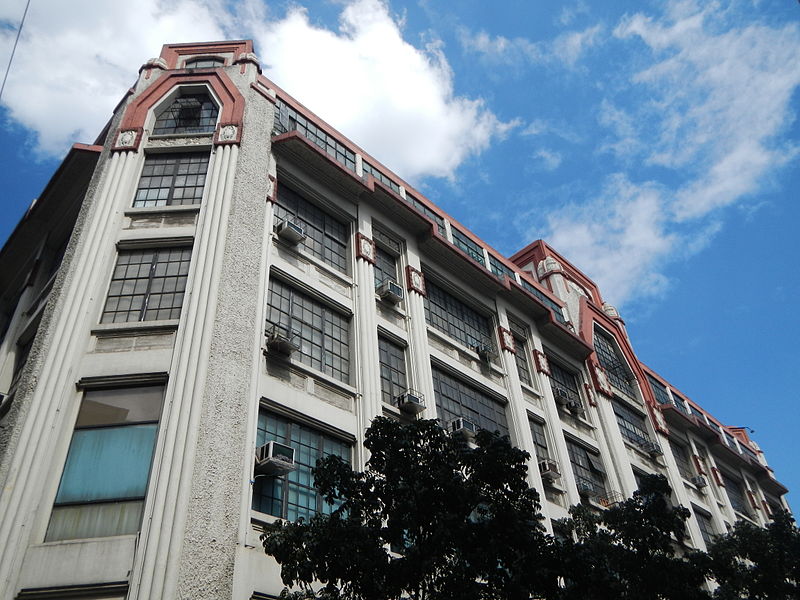
Formerly known and still commonly referred to as Perez-Samanillo Building, First United Building is an art deco building on Escolta Street, Binondo Manila. it was built in 1928 by renowned Filipino architect Andres Luna de San Pedro, son of famous painter Juan Luna. It is one of the few and outstanding, surviving examples of Art Deco office architecture in the Philippines. It was the former site of the famous Berg’s Department Store and headquarters of movie production houses of Filipino entertainment icons Dolphy and Nora Aunor.
REGINA BUILDING
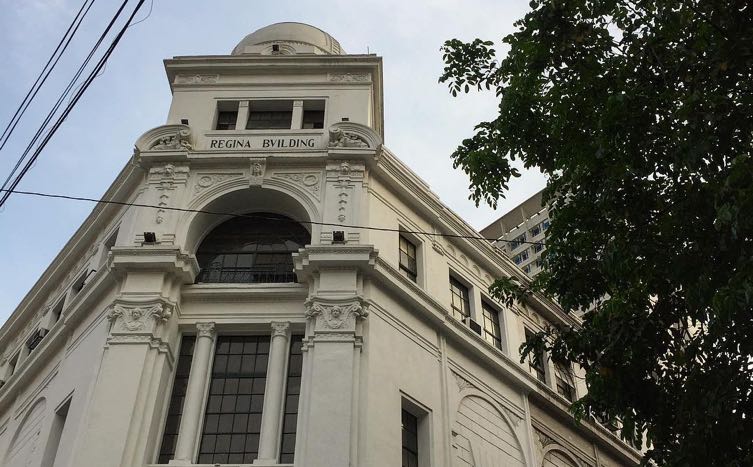
Previously known as Roxas Building, the Regina Building was designed by Andres Luna de San Pedro (son of Juan Luna). It is one of the few buildings in the area that combines Beaux-Artes and neoclassicism style. The building is surrounded on its two sides by two bodies of water, Estero de la Reina and the Pasig River.
BURKE BUILDING
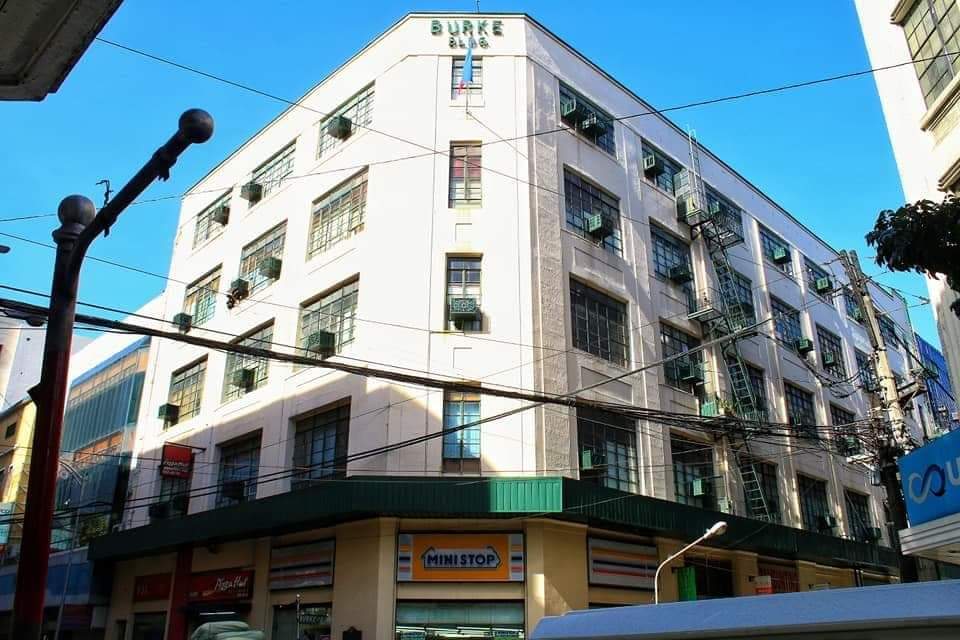
This building was designed by notable architect Thomas Arguelles. Burke Building is known as the location of the first elevator in Manila—it was named after the cardiologist and philanthropist William J. Burke; the man introduced and installed the first electrocardiograph in the country.
CALVO BUILDING
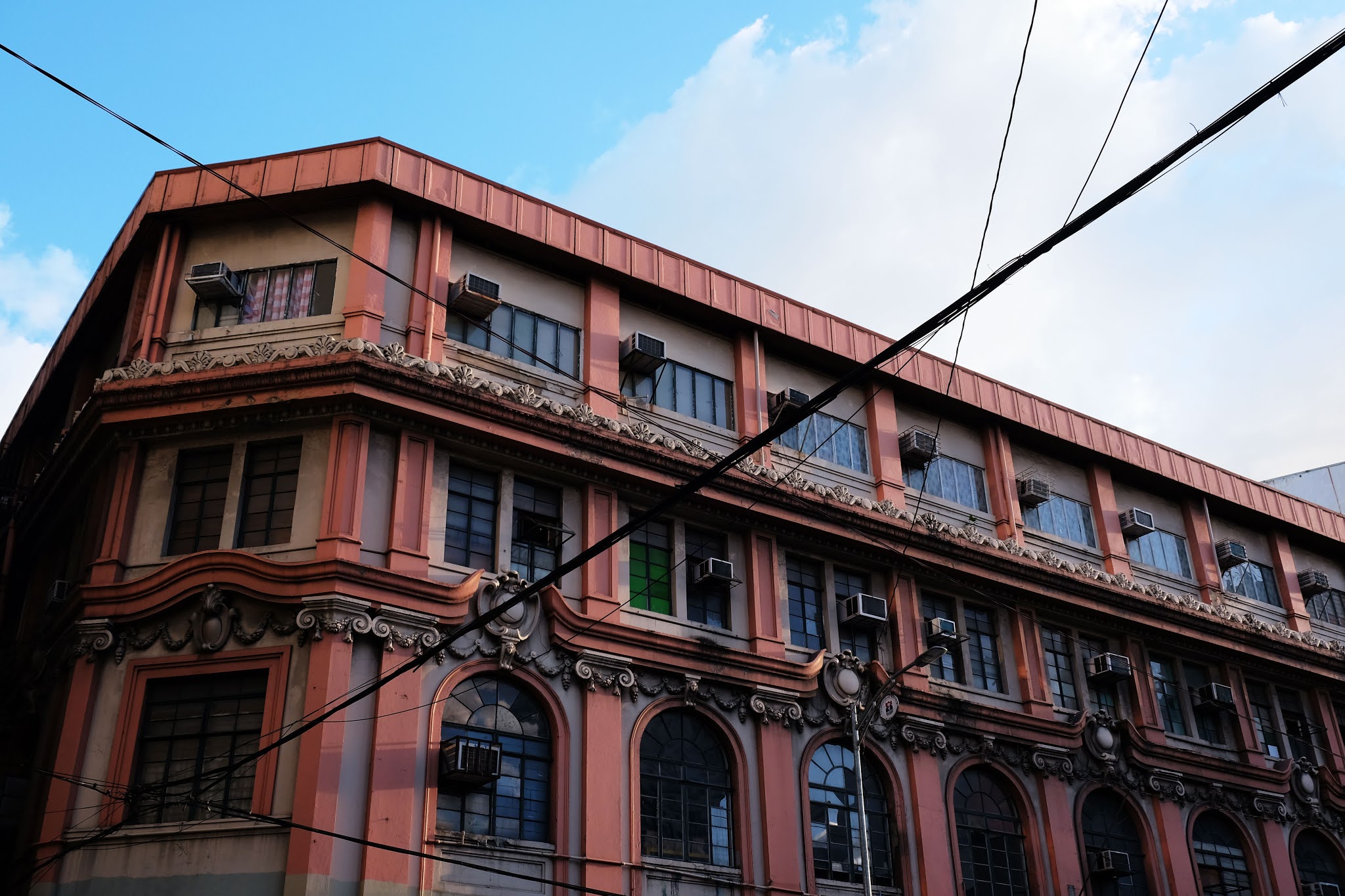
Calvo building is a must-see building if you’re down for some nostalgia. It is like a time capsule: items on display range from old bottles to photos of Carnival Queens as well as lyric sheets of popular Filipino songs. Calvo building was the birthplace of DZBB (now GMA Network) and houses the Escolta Museum.
EL HOGAR BUILDING
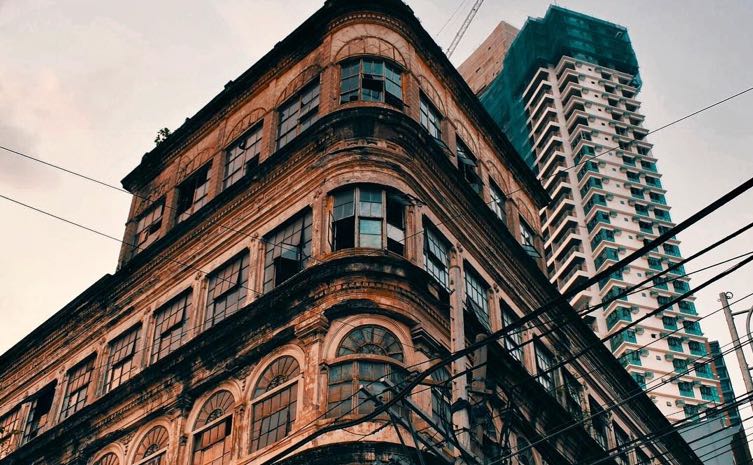
One of the most iconic buildings and symbols of Escolta’s rise as the central business district, the El Hogar Filipino Building was built in 1914 and designed by Ramon Irureta-Goyena and Francisco Perez-Muñoz in the Beaux Arts style with touches of Neoclassical and Renaissance architectural elements. Built by a Spanish conde Don Antonio Melian, this building is said to be his wedding gift to his wife Margarita Zobel de Ayala. It used to house several establishments such as the Sociedad El Hogar Filipino, a financing cooperative founded by Melian, and the offices of Smith Bell and Company.











